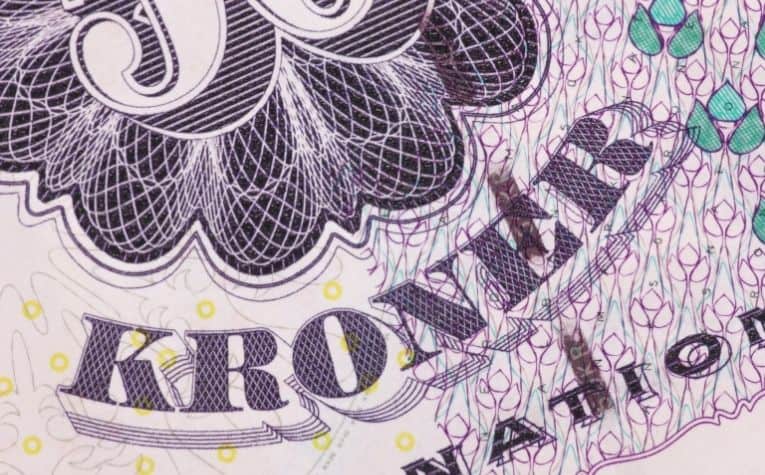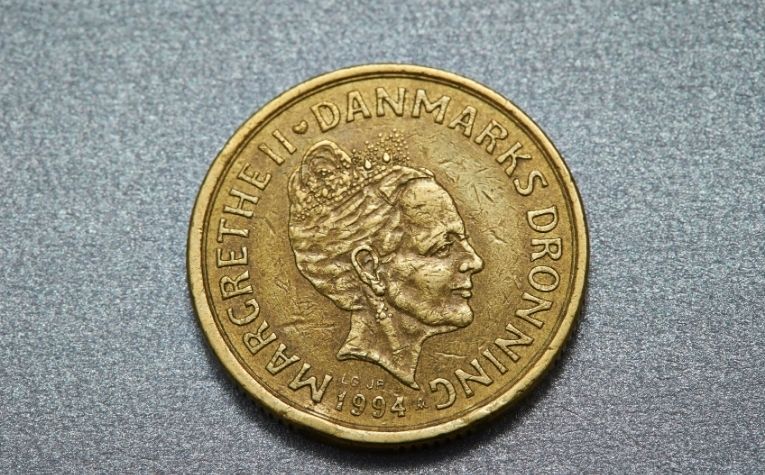One may be led to believe that all European countries use the euro as their currency, but this is not the case.
Most of the European countries, including the Scandinavian countries, use their own currency and not the euro.
Scandinavia includes Sweden, Norway, Denmark, Finland, and Iceland, and they each have their own currency.
People cannot use Euro or Danish Krone when paying in Sweden, except in very select places. The concept of a universal currency has not been picked up in Europe.
Some of these currencies may have the same name and local abbreviations, but they are still used in their specific geographic regions.
The way economies have developed in Sweden and the rest of Europe after the Treaty of Ascension in 1994 plays a pivotal role in the way different currencies are permitted to be used in Sweden.
Keep reading to find out why this is the case and the various historical and political factors that have influenced this outcome.
Sweden observes many holidays. See Do They Celebrate Halloween in Sweden? to learn more.

Swedish and Danish currency
Both Denmark and Sweden merged their currencies to a gold standard under the Scandinavian Monetary Union in 1873.
Two years later, Norway also joined, so all the three countries had one currency – the krona, carrying the same monetary value.
The three central banks of each of these countries acted as one Reserve Bank. The only point of difference was that each of these countries minted their own coins.
As World War I broke out, the gold standard was abandoned, and the Scandinavian Monetary Union disbanded.
However, each of the three countries decided to keep the currency even though the values of each currency changed. This remains the case even today. [1]
A Swedish krona cannot be used with the Norwegian one interchangeably, and the same remains the case with the Danish krona as well.
Regions Where Danish Currency Can Be Used
The Danish krone is the currency in use in Denmark and Greenland. It carries the official abbreviation as DKK.
Previously, it had the currency – Danish rigsdaler, which it abandoned once it signed up for the Scandinavian Monetary Unit and adopted the new currency of the Danish krone.
Danish krone shares the same currency name and abbreviation – kr – as its other Scandinavian neighbor, Sweden, but the value of the two is very different, and they cannot be used interchangeably, except in certain select places which are very few and far between.
The Danish krone is minted in Denmark and has the value assigned to it by the Danish government, while the Swedish krona is minted in Sweden and has a value assigned to it by the Swedish government.
Sweden has some unique dishes. See Do Swedes Actually Like Surstromming? to learn more.

Currency Used in Sweden
Since 1873 the Swedish Krona has been the currency in use in Sweden. The Swedish central bank called the Sveriges Riksbank, issued this currency.
It is often referred to as the Swedish crown in English, but in Swedish, it is called the krona.
Each krona is further divided into 100 öre, but the öre has been discontinued since September 2010. [2] Certain goods and services are still priced at öre, though, which may cause a bit of confusion.
To mitigate this, the final amount is rounded off to the nearest krona.
The universal currency code for Swedish krona is SEK, and it has the same abbreviation as Denmark – kr. The coins a person will find in circulation today are 1 krona and 5 and 10 kronor.
In banknotes, a person can find the 20, 50, 100, and 500 kronor denominations floating in the market today.
Sweden Has Not Adopted the Euro
The previous currency in Sweden was called the Riksdaler. After 1873, as a result of associating with the Scandinavian Monetary Union, the Riksdaler was replaced with the Swedish krona.
The resulting currency was governed by the Scandinavian Monetary Union until the outbreak of World War I, after which the Union was disbanded.
Sweden continued with the Swedish krona, but was no longer governed by the Union.
On August 2, 1914, Sweden abandoned the gold standard, and due to a lack of a fixed exchange rate, the Union came to an end.
Later in the 1990s, as the eurozone was formed by treaty, Sweden was required to join the eurozone and replace the Swedish krona with the euro.
However, the Swedes opposed adopting the euro. A referendum that was held in September 2003 where 56% of the Swedes opposed the idea of adopting the euro.
The Swedish government was also not part of the ERM II, which is a precondition to adopting the euro. [3]
Due to this, Sweden continues to use the Swedish krona as its primary currency for all transactional purposes. [4]
Exceptions: Certain Cities in Sweden Accept Euros
Even though Sweden only accepts the Swedish krona in most places, there are certain places in the country where it accepts euros:
Haparanda
Haparanda is a city near the eurozone where almost all stores accept euros as cash. Some of the stores here also display the goods’ prices in euros.
There are also some municipalities in Haparanda that have wanted to adopt the euro as the official currency but could not succeed due to tax laws. [5]
The city’s budget is presented in both currencies – Swedish krona and the euros. [6]
Höganäs
In the town of Höganäs, euros have been adopted for use in restaurants and shops, as well as in payments of rent and bills.
Even the ATMs dispense cash in dual currencies without additional charge – something that is not seen in the rest of Sweden. [7]
Local banks here also accept deposits in euros.
Stockholm
A Person can pay for taxi services in euros here. Even though there is no official policy from the municipality, many tourist-oriented shops do accept euros.
Helsingborg, Landskrona and Malmö Accept Both Euros and Danish Krone
Other places like Helsingborg, Landskrona, and Malmö also accept euros, and the price tags in some of the tourist-oriented shops here often show the prices in euros.
Danish krone is also accepted here. Both euro and Danish krone are accepted in the petrol stations, fast food chains, and hotels in these places.
Swedish homes have interesting features. See Why Do Doors Open Outwards in Sweden? to learn more.
Cash Machines
Some of the cash machines in Sweden do dispense foreign currency, which is usually euros, and sometimes even British pounds, U.S. dollars, Danish krone, or Norwegian krone.
Swedish krone is, of course, found in all of these cash machines.
Currency Exchange
There are currency exchange kiosks in many places in Sweden, and even if a person ends up with euros and Danish krone, they can always exchange it for Swedish krona at very good exchange rates. [8]
Banks and arrival terminals offer these services.
Conclusion
Sweden has achieved a world-renowned status in terms of standard of living. It provides extensive social benefits to its citizens and has a highly skilled labor force.
All in all, Sweden is doing pretty well on its own, and it has also decided to continue to use its own currency over the euro.
When traveling there, it is best to carry the Swedish currency to have a seamless transaction.
Visitors can also use debit and credit cards so as to spare themselves the hassle of converting the money every time.
Sources
- Trip Savvy: Currencies in Scandinavian Countries
- Oanda: Swedish Krona
- Wikipedia: Sweden and the Euro
- EU Observer: Swedish Mayor wants to Abolish the Kronor
- Eur-Lex.Europa.eu: The introduction of euro banknotes and coins: one year on
- The Local.se: Swedish Town Adopts Euro
- Wikipedia: European Exchange Rate Mechanism
- TransferWise: Best Places to Exchange Currency in Stockholm
References
[1] https://www.tripsavvy.com/currencies-in-scandinavia-1626462
[2] https://www1.oanda.com/currency/iso-currency-codes/SEK
[3] https://en.wikipedia.org/wiki/European_Exchange_Rate_Mechanism
[4] https://www1.oanda.com/currency/iso-currency-codes/SEK
[5] https://euobserver.com/news/4626
[6] https://eur-lex.europa.eu/legal-content/EN/TXT/?uri=LEGISSUM:l25058
[7] https://www.thelocal.se/20090102/16692
[8] https://transferwise.com/gb/blog/currency-exchange-stockholm
